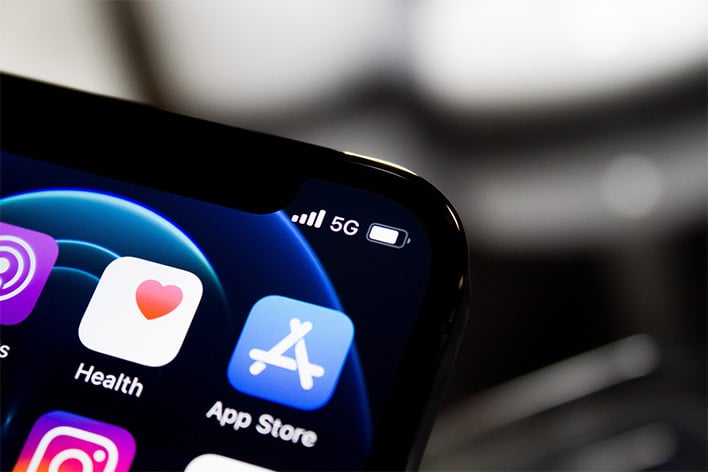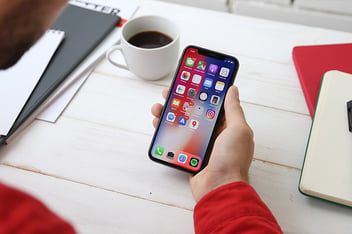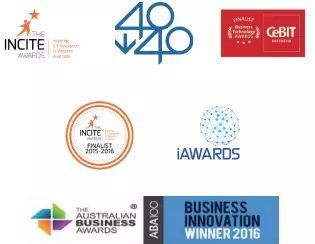Multiple Phase App Releases: A Guide to a Successful Phased Rollout

Given the number of things that can go wrong in the development process, releasing an app can be a nerve-wracking experience. App development requires dedication and patience, but it also comes with the pressure of having to ensure the app is a success for your business.
There’s no denying that apps have completely changed the game for businesses and consumers alike. From adding convenience to your everyday life, such as food delivery apps, to elevating your business with apps that streamline workflow and productivity, there's a growing consensus that neglecting to harness this piece of technology can impede the growth of your business, limiting it from reaching its fullest potential. In 2021 alone, users downloaded a massive 230 billion mobile apps to their devices. With their steady upward trajectory, you can expect to see apps continue to revolutionise the way we live and work.
Looking to develop your very own app for your business? Check out our quick guide to building your app in 2023 here.
Developing an app is a challenge in and of itself. However, achieving longevity and ongoing relevance and maintaining a solid user experience are the elements that make an app successful. As the market develops and consumers expect more and more from businesses, it’s crucial to update your app with the latest technology or add features that can further elevate user experience.
So how do you successfully execute an app launch? The secret is Phased Rollouts!
What is a Phased Rollout?
All in all, it’s about quality over quantity. Sure, you can start out simple with your new release app - ensure there are no bugs, then develop it further with more features and test again - but Phased Rollouts are a way of releasing updates to a number of users to try and test the new version, before making any necessary changes or improvements to the app version according to their feedback.
Over the course of a week, the update will gradually be pushed to more users until it’s available to everyone. This strategy allows for early fixes and stops you from releasing buggy updates that can cause frustration for your users, lowering your chances of running into technical hiccups and upset users.
Here are a few of the benefits and reasons why you should opt for a Phased Release:
1. ACCURATE PLANNING
By adopting a structured approach to launches, you can eectively harness the underlying catalyst that propels your project forward.
In the context of Phased Releases, each stage operates autonomously and without dependencies on the others. This inherent independence facilitates the ecient allocation of necessary resources for each phase, be it financial investments or the bandwidth of your team. With this approach, you gain greater control over resource planning and ensure smooth execution throughout the entire rollout process.
2. SIMPLE PRIORITISATION
By systematically progressing through each phase, you gain visibility into the dependencies between tasks, enabling you to identify the crucial tasks that must be completed first. This prioritisation ensures that high-impact tasks are addressed promptly, optimising the overall progress of the project.
Additionally, transparently communicating these dependencies to your team fosters better collaboration and coordination, enabling everyone to align their eorts and work cohesively towards the successful completion of the rollout.
3. CLEAR TEAM RESPONSIBILITIES
Product launches encompass numerous intricate components that can be challenging for teams to comprehend when they are focused on executing their specific tasks. Establishing clear and distinct phases for upcoming releases simplifies the process, enabling teams to better grasp how their individual work contributes to the overall project. This structured approach enhances team understanding and facilitates a more cohesive perspective on the project as a whole.
4. TRANSPARENT PROGRESS TRACKING
Phased Releases take away the pressure of making flawless product decisions. By breaking down the work involved in a product launch into a staged rollout, you can establish manageable key performance indicators (KPIs) and objectives. Upon completing each phase, you assess the overall project progress and make any necessary adjustments before proceeding to the next stage.
The ability to make updates dynamically enables you to refine your product before it reaches customers, ensuring the delivery of a valuable oering. This iterative process empowers you to fine-tune and enhance your product based on real-time feedback, guaranteeing a high level of customer satisfaction.
5. REDUCED SCOPE CREEP
According to a Gartner survey, approximately 45% of product launches experience delays of at least one month. By implementing the Phased Release method, you gain a deeper understanding of the product launch scope and mitigate the risk of such oversights.
This structured methodology reduces the likelihood of confusion and miscommunication, minimising the potential for delays. By adopting a well-defined division of labour and comprehensive project planning, you enhance the overall eciency and success of the app release.
Is There a Difference Between an iOS and Android Phased Rollout?
Both the App Store and Google Play Store support Phased Releases, but each in slightly dierent ways.
iOS PHASED ROLLOUT
In the realm of iOS app development, implementing a Phased Release strategy allows you to progressively deploy your updates to a randomised subset of users on a daily basis over the span of one week.
To participate in the Phased Release, users of iOS apps must have automatic updates enabled, although all users retain the ability to manually update their app version from the App Store at their convenience. Leveraging iOS phased updates, you also have the flexibility to temporarily halt the gradual rollout for a maximum of 30 days. This window of time enables you to address any bugs or issues that may surface subsequent to the initial release.
ANDROID PHASED ROLLOUT
Google's Phased Release structure is strikingly similar to Apple's approach, yet with one notable distinction: the Play Store's Phased Rollouts provide developers with enhanced options for targeting specific groups for app updates and determining rollout percentages. This empowering feature enables you to carefully choose numbers that align optimally with your app's requirements and goals and maximises the impact of your rollout plan.
Let’s Turn Your App Idea into a Reality
When it comes to app development, Lateral is your reliable partner for transformative digital solutions that captivate users and drive business growth. With our passion for innovation and unwavering commitment to excellence, Lateral stands ready to unlock the full potential of your app idea and propel your business towards unrivalled success in the digital realm.
We oer a seamless blend of innovation, expertise, and dedication to help businesses thrive in the digital landscape. With a proven track record of delivering exceptional results for over 30 years, Lateral has a strong reputation as your trusted partner for turning visionary app ideas into reality. By leveraging our deep understanding of user experience, cutting-edge technologies, and agile development practices, Lateral crafts bespoke solutions that exceed client expectations.
What sets Lateral apart is our commitment to collaboration and client satisfaction. We work closely with your business, ensuring we have a thorough understanding of your objectives and requirements, before creating a customised app that resonates with your target audience.
Get in touch today to discuss your app idea!



